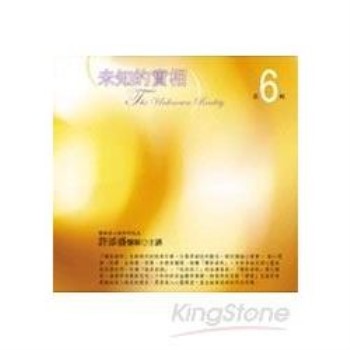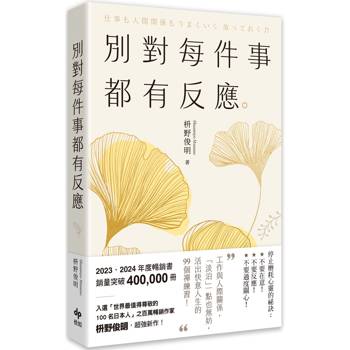The Mediterranean basin is characterized by a mosaic of climates, ranging from hot and dry summers with mild winters to areas with colder winters and more evenly distributed precipitation. Quercus coccifera, a keystone evergreen shrub or small tree, is a dominant species across this region. Its success can be attributed to several factors, including its sclerophyllous leaves with a well-developed cuticle. The cuticle is a vital structure composed of cutin (a biopolymer) and embedded waxes. It plays a crucial role in regulating water loss, gas exchange, and defense against pathogens. Understanding how Quercus coccifera adjusts its cuticle to different climates provides valuable insights into plant adaptation strategies. Impact of Temperature on Cuticle Composition: Studies have shown that Quercus coccifera modifies its cuticle composition in response to temperature variations. In hotter and drier regions, the cuticle exhibits a higher concentration of cutin and specific waxes. Cutin is a strong hydrophobic (water-repellent) molecule, and increased cutin content reduces water permeability, thereby minimizing water loss through transpiration. Additionally, specific waxes, like long-chain alkanes, further enhance the hydrophobic properties of the cuticle, creating a more effective barrier against water loss.
| FindBook |
有 1 項符合
Environmental Fine-Tuning: How Quercus coccifera Adjusts its Cuticle to Different Climates的圖書 |
 |
Environmental Fine-Tuning: How Quercus coccifera Adjusts its Cuticle to Different Climates 作者:Cummins 出版社:Tredition Gmbh 出版日期:2024-06-27 語言:英文 規格:平裝 / 124頁 / 22.86 x 15.24 x 0.74 cm / 普通級/ 初版 |
| 圖書館借閱 |
| 國家圖書館 | 全國圖書書目資訊網 | 國立公共資訊圖書館 | 電子書服務平台 | MetaCat 跨館整合查詢 |
| 臺北市立圖書館 | 新北市立圖書館 | 基隆市公共圖書館 | 桃園市立圖書館 | 新竹縣公共圖書館 |
| 苗栗縣立圖書館 | 臺中市立圖書館 | 彰化縣公共圖書館 | 南投縣文化局 | 雲林縣公共圖書館 |
| 嘉義縣圖書館 | 臺南市立圖書館 | 高雄市立圖書館 | 屏東縣公共圖書館 | 宜蘭縣公共圖書館 |
| 花蓮縣文化局 | 臺東縣文化處 |
|
|
圖書介紹 - 資料來源:博客來 評分:
圖書名稱:Environmental Fine-Tuning: How Quercus coccifera Adjusts its Cuticle to Different Climates
|











